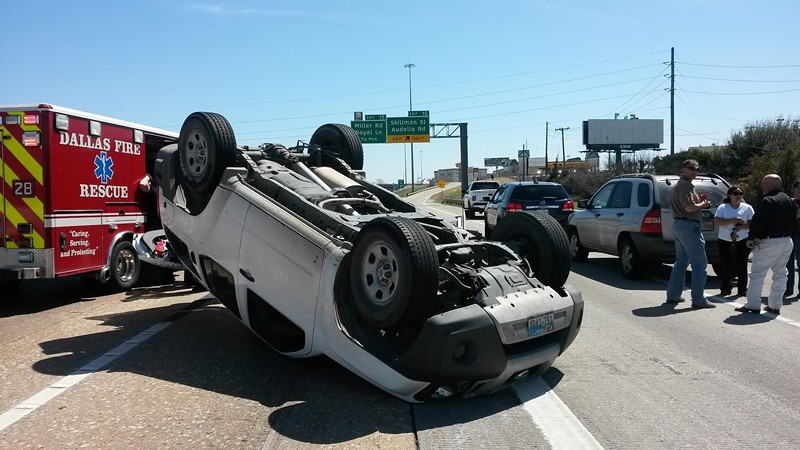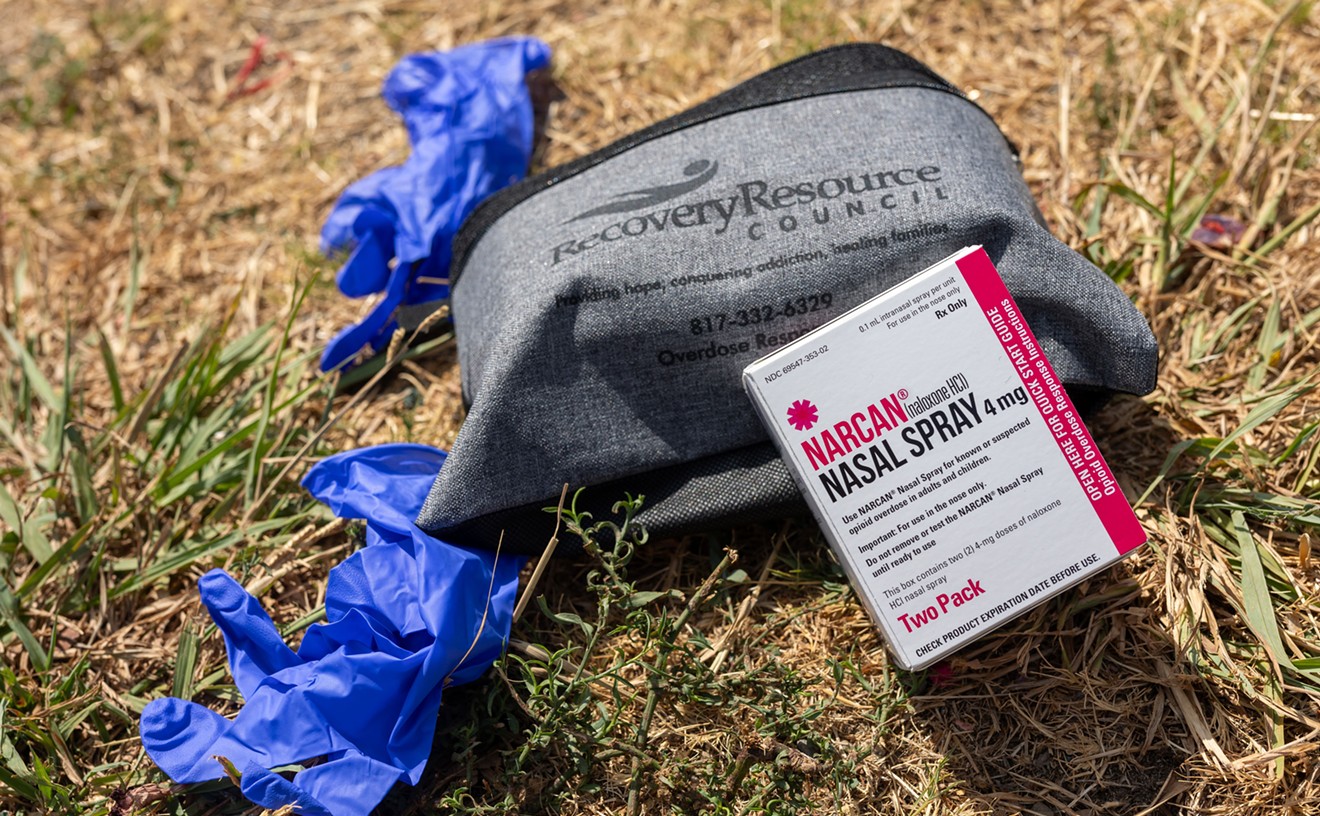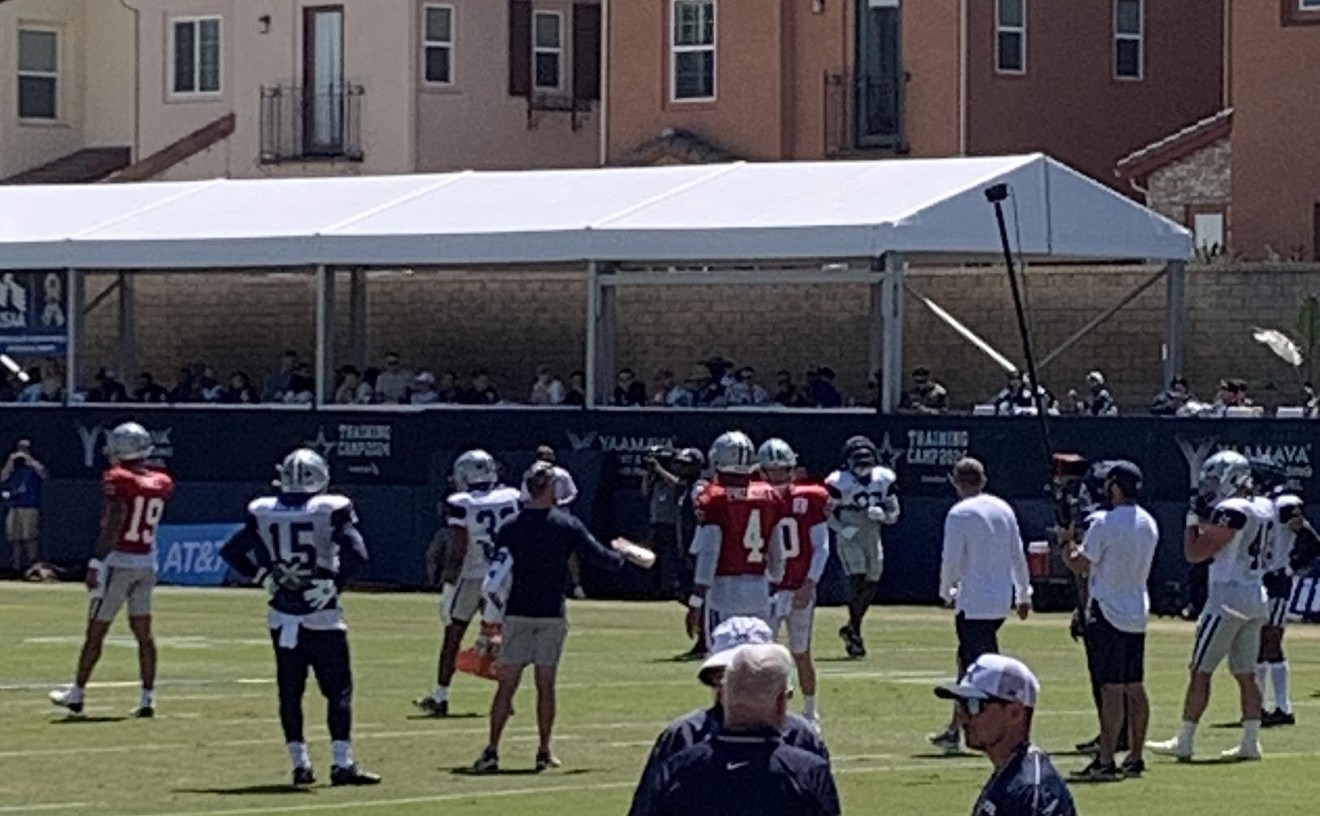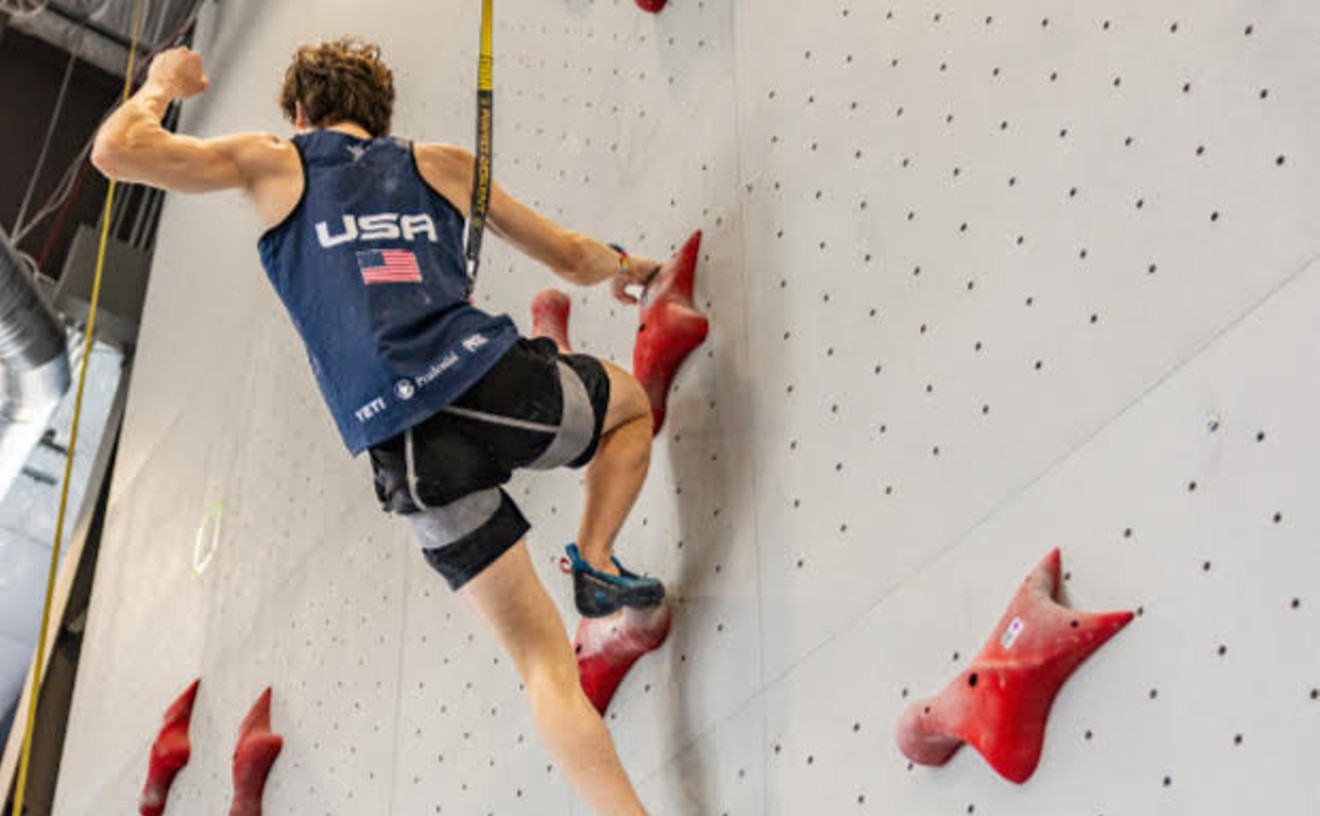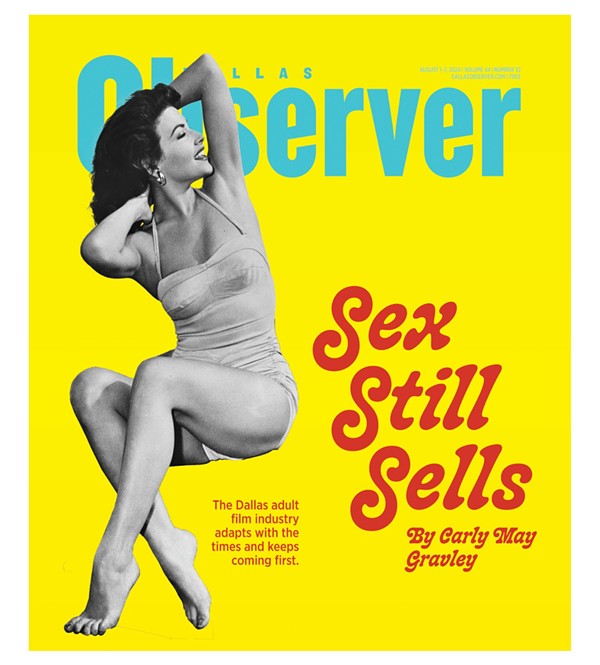Dallas has seen more than 16,000 total crashes this year alone, more than 115 of which were fatal. Fatal car accidents are increasing nationwide, with the number of deadly crashes climbing by nearly 10% from 2020 to 2022, according to the Forbes report.
Two years ago, Dallas joined over 50 U.S. cities in a pledge to address traffic safety and develop a positive safety culture in the community. The city’s Vision Zero action plan is committed to eliminating all traffic-related deaths and reducing severe injury crashes by 50% by 2030.
Between 2022 and 2023, there was a 4.7% decrease in fatal and severe injury crashes. While progress has been made in lowering the total number of crashes so far, Dallas has had a 12.6% increase in the number of fatal crashes compared to this time last year involving all modes of transportation.
Some areas of Dallas, known as “high injury networks,” see a higher concentration of collisions and account for the highest percentages of crash-related deaths and serious injuries. Last updated on April 3, the Vision Zero HIN database has recorded the numbers of killed or seriously injured (KSI) for severe vehicle-on-vehicle collisions, as well as crashes involving pedestrians and bicyclists.
Among these three types of collisions, the most deadly stretches of road in Dallas are focused on a few prominent thoroughfares here in town:
- Great Trinity Forest Way: from S. Jim Miller to U.S. 175
(25 vehicle KSI, 6 pedestrian KSI, 2 bicycle KSI)
- Buckner Blvd.: from Lake June Rd. to Great Trinity Forest Way
(23 vehicle KSI, 4 pedestrian KSI, 1 bicycle KSI)
- Ledbetter Drive: from S. Lancaster Road to Great Trinity Forest Way
(17 vehicle KSI, 9 pedestrian KSI, 0 bicycle KSI)
- Northwest Highway: from Harry Hines Blvd. to Timberline Drive
(17 vehicle KSI, 6 pedestrian KSI, 1 bicycle KSI)
- Buckner Blvd.: from Bruton Road to Scyene Road
(17 vehicle KSI, 4 pedestrian KSI, 2 bicycle KSI)
- Buckner Blvd.: from IH-30 to Forney Road.
(20 vehicle KSI, 1 pedestrian KSI, 1 bicycle KSI)
- Northwest Highway: from N. Walton Walker Blvd. to Harry Hines Blvd.
(21 vehicle KSI, 0 pedestrian KSI, 1 bicycle KSI)
- Great Trinity Forest Way: from S. Central Expressway to Pemberton Hill Road
(19 vehicle KSI, 2 pedestrian KSI, 1 bicycle KSI)
- Great Trinity Forest Way: from Pemberton Hill Road to S. Jim Miller Road
(15 vehicle KSI, 6 pedestrian KSI, 1 bicycle KSI)
- Ledbetter Drive: from I-35E to University Hills Blvd.
(17 vehicle KSI, 4 pedestrian KSI, 0 bicycle KSI)
Streets and intersections that have a history of a high number of crashes resulting in a fatality or injury often share one or more common characteristics, Chief Transportation Planner Kathryn Rush said. First and foremost is high speed, which is typically combined with other factors, such as passenger seat belt usage. Because of this, Rush said the city is pushing two main safe driving practices: slowing down and buckling up.
“If you’re in an area where you see people walking, you should not be going really more than 30 miles an hour, preferably less than that,” Rush said. “A crash can only be survivable with the vehicle technologies that are available today. If you don’t wear a seatbelt, the likelihood of being killed or severely injured skyrockets.”
Other key characteristics include the concentration of pedestrians and bicyclists in an area and high traffic volumes. Additionally, sufficient access management for the speeds and volumes of a roadway can increase conflict points. This means that the more driveways, intersections or median openings there are per mile, the more opportunities there are for vehicles to collide.
“These decision points are where you particularly see the kinds of collisions that are typically severe, like a t-bone collision when a vehicle is crossing in front of another vehicle,” Rush said.
This year, Dallas has been working to secure more funding to make improvements to such high injury areas. So far, $8 million has been secured in the 2024 bond for citywide Vision Zero improvements. Dallas city leaders also received a $21.8 million grant from the U.S. Department of Transportation’s “Safe Streets For All” program this January.
Rush said upcoming widespread projects are looking to focus on improving pedestrian crossing and safety. While working on designing and implementing longer-term traffic and collision improvements across the city, Dallas is enhancing safety elements at high-injury intersections. These enhancements include adding new pedestrian countdown times, upgrading to LED traffic lights and refreshing road markings.
One of Vision Zero’s largest impacts has been the cultural shift among city leaders in taking a data-driven approach to safety issues affecting the community, Rush said. Rather than just pushing improvements in locations with high numbers of submitted requests, she said the city is now able to prioritize traffic and road safety projects in areas that have been statistically proven to need them the most.
“A lot of these areas are low-income, historically underserved areas that we don’t get as many complaints from, but the issues that these areas are having are very real,” Rush said. “And so we’re finally getting to a more equitable, data-driven approach to projects.”
Vision Zero has also brought more collaboration, both internally and externally. Rush said many Dallas departments, including Dallas Police, Communication and Public Works, have been brought together and are continuously pushing their efforts toward Vision Zero projects. Additionally, more conversations are being had with other agency partners, like TxDOT, DART and the North Central Texas Council of Governments, to bring as many resources and people to the table as possible to reach Vision Zero’s goals.
Rush said the city of Dallas remains committed to Vision Zero together because “at the end of the day, it’s all about saving lives.” By focusing on high-injury intersections and roads throughout the area, city leaders aim to create more roadways where people can expect safe travel by all modes of transportation to be a part of their everyday lives.
“It really takes everybody to take safety seriously,” Rush said. “We really invite and encourage everybody to help us reach this goal, to help us get to Vision Zero by driving safer, walking safer, biking safer. It’s very much a collaborative community effort.”

